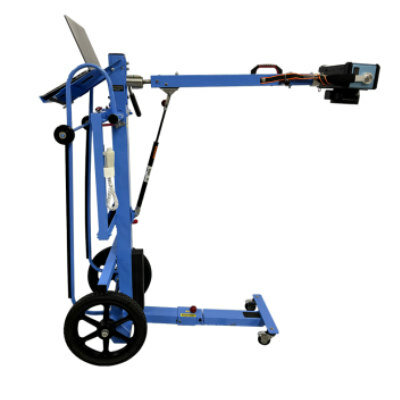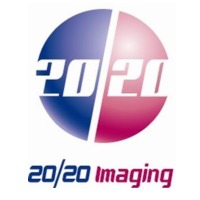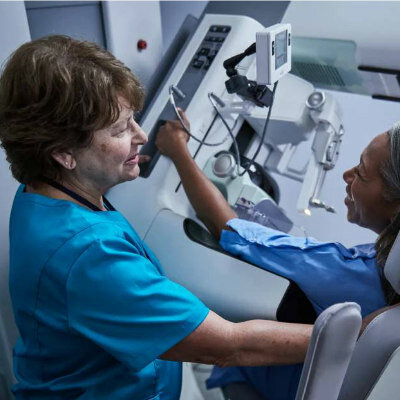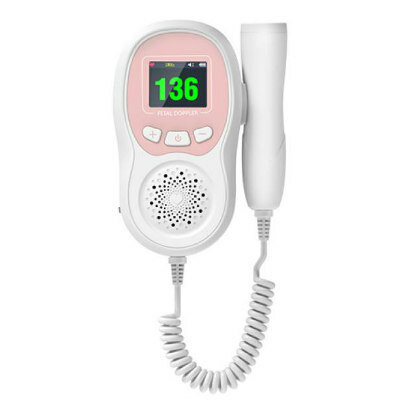Imaging Utilization Affected by Patient Age and Facility Imaging Capacity
By MedImaging International staff writers
Posted on 27 Jun 2011
Imaging utilization on stroke patients is affected by age and imaging capacity--the number of magnetic resonance imaging (MRI) and computed tomography (CT) machines at any given facility, according to a recent study.Posted on 27 Jun 2011
The study's findings were published in the June 2011 issue of the Journal of the American College of Radiology. Sophisticated medical imaging is a component of healthcare expenditure growth. Although there are many potential reasons for imaging growth, including that scans have been directly linked to greater life expectancy, decreases in cancer mortality rates, and are generally less expensive than the invasive procedures that they replace, one of the major drivers of utilization may be enhanced imaging capacity available in most major metropolitan areas.
"To better understand some of the determinants of imaging ordering behavior, we analyzed the effect of differential capacity on the imaging workup of patients with acute nonhemorrhagic stroke," said Max P. Rosen, MD, MPH, from Beth Israel Deaconess Medical Center (Boston, MA, USA), and lead author of the study. A "natural experiment" between the United States and Canada was performed.
Nine hundred eighteen patients at the US hospital and 1,759 patients at the Canadian hospital were included in the study. The investigators found that patient age and site (United States vs. Canada) were significant predictors of MRI use. Scanning utilization varied at hospitals with differential access to scanning technologies--there was less frequent use of MRI scanning at hospitals with limited access to this modality.
"Our study demonstrates that for patients presenting with symptoms of acute stroke, differences in scanning capacity [CT and MRI] may shape aspects of clinical management," concluded Dr. Rosen.
Related Links:
Beth Israel Deaconess Medical Center














